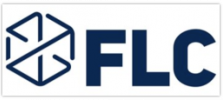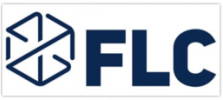Sound Attenuation Canopy
High sound levels in work settings can have negative effects on worker concentration and productivity. Even offices separated by walls and doors transmit sound between them. As office buildings optimize space, the allotment for each person, office, or work area often decreases. With more office workers in a given area, localized noise levels are increasing beyond optimal levels for worker productivity.


